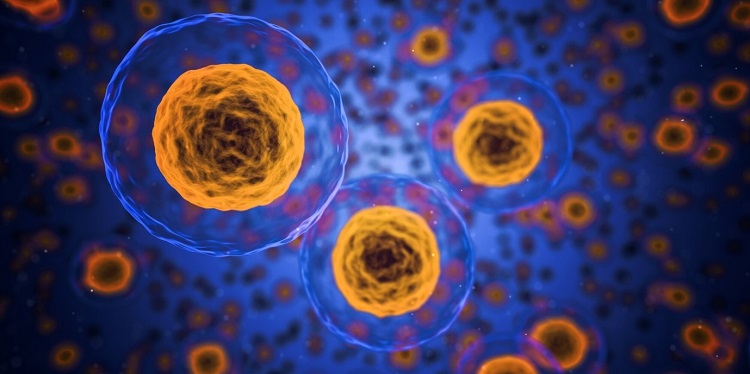Take a moment to look at your hand.
From a distance, there is nothing all that spectacular about it. It’s just a hand, right?
What most people fail to see is billions of cells make up every part of that hand and allow it to function. Since the discovery of the first cells, people have worked to deepen their understanding of the microscopic world.
One of the best ways to do this is through in vitro growth in a cell culture medium. What is a cell culture medium and how do you make one? Read this quick guide before you start your next life sciences project.
What Is Cell Culture?
Cell culture involves the growth of cells under artificial conditions. It begins with the isolation of cells from the organism or tissue of interest. These cells are then placed in a cell culture medium and kept in a controlled environment to allow for cell proliferation.
Growth Medium Basics
The cell culture medium is the substrate upon which cell cultures grow. Not every cell culture medium is the same. Materials and substrate vary depending on cell type and desired outcomes.
Natural vs Artificial
Natural cultures consist of biological substances. Although they are convenient and easy to use, it’s not always possible to reproduce them. This is because the exact composition of ingredients isn’t always known.
Artificial cultures include a combination of synthetic and natural ingredients. Different types of mixtures are better for various experiments. Serum-containing mediums, for example, are the most common type used for animal cell cultures.
Gel vs Suspended
A gel or adherent cell culture medium provides a surface for cell proliferation. This type of culture is necessary for cells that need to adhere to something to grow. Agar is a common substrate for this type of culture.
Suspended or free-floating cell culture mediums are great for cell research. They allow for bulk production but are only suitable for cells that do not need adhesion for growth.
Medium Preparation
Preparing a cell culture depends on the type of solution purchased. There are three different options available:
- Powdered
- Concentrated
- Ready-made
The powdered medium requires both preparation and sterilization by the experimenter. Directions involve mixing a specified amount of agar powder with distilled water. Follow this up with sterilization through boiling, UV light exposure, or other approved methods.
Concentrated agar and ready-made mediums require less preparation but are often more expensive.
Factors Affecting Cell Proliferation
Preparing your cell culture medium is only the first step. Environmental conditions such as temperature, pH, and humidity play a vital role in cell proliferation. Keep these factors constant throughout the experiment to avoid killing your cell culture.
Be aware of additional vitamins and nutrients necessary for cell growth and metabolism. Depending on the experiment and cell type, you may need to add supplements such as hyaluronic acid to your cell culture medium.
The Perfect Cell Culture Medium
Making your own cell culture medium is very simple. Select your agar type, add any supplements, and prepare your solution as directed. Don’t forget to sterilize your growth medium and use controlled environmental conditions.
Best of luck with your study and don’t forget to check out some of our other great science articles!






